Fundamentals of Structural
Dynamics
Second Edition
Roy R. Craig, Jr.
Andrew J. Kurdila
WILEY
JOHN WILEY & SONS, INC.
�
Copyright © 2006 by John Wiley & Sons. Inc. All rights reserved.
Published by John Wiley & Sons. Inc.. Hoboken. New Jersey
Published simultaneously in Canada.
No part of this publication may be reproduced, stored in a retrieval system, or transmitted in any form or
by any means, electronic, mechanical, photocopying, recording, scanning, or otherwise, except as permitted
under Section 107 or 108 of the 1976 United States Copyright Act, without either the prior written
permission of the Publisher, or authorization through payment of the appropriate per-copy fee to the
Copyright Clearance Center, Inc., 222 Rosewood Drive. Danvers. MA 01923, 978-750-8400, fax
978-646-8600. or on the web at www.copyright.com. Requests to the Publisher for permission should be
addressed to the Permissions Department, John Wiley & Sons, Inc.. 111 River Street, Hoboken, NJ 07030,
(201) 748-6011. fax (201) 748-6008.
Limit of Liability /Disclaimer of Warranty: While the publisher and author have used their best efforts in
preparing this book, they make no representations or warranties with respect to the accuracy or
completeness of the contents of this book and specifically disclaim any implied warranties of
merchantability or fitness for a particular purpose. No warranty may be created or extended by sales
representatives or written sales materials. The advice and strategies contained herein may not be suitable
for your situation. You should consult with a professional where appropriate. Neither the publisher nor
author shall be liable for any loss of profit or any other commercial damages, including but not iimited to
special, incidental, consequential, or other damages.
For general information on our other products and services piease contact our Customer Care Department
within the U.S. at 877-762-2974, outside the U.S. at 317-572-3993 or fax 317-572-4002.
Wiley also publishes its books in a variety of electronic formats. Some content that appears in print,
however, may not be available in electronic format.
Library of Congress Cataloging-in-Pnblication Data:
Craig, Roy R., 1934-
p. cm.
Fundamentals of structural dynamics / by Roy R. Craig, Jr. and Andrew J. Kurdila.— 2nd ed.
Rev. ed. of: Structural dynamics. cl981.
Includes bibliographical references and index.
ISBN 13: 978-0-471-43044-5
ISBN 10: 0-471-43044-7 (cloth)
1. Structural dynamics— Data processing. 2. Structural dynamics— Mathematical models.
I. Kurdila, Andrew. II. Craig, Roy R.. 1934-. Structural dynamics. III. Title.
TA654.C72 2006
624.L71 — dc22
Printed in the United States of America.
10 9 8 7 6 5 4 3 2 1
2005043679
�
The first author dedicates his work on this edition to his grandchildren:
Talia, Kyle, and Hart Barron, and Alex, Brandon, and Chase Lemens. The
second author dedicates his work to his wife, Jeannie, and to his children:
Patrick, Hannah, and Justin.
�
�
viii Contents
5.6
System Response by the Laplace Transform
Method: System Transfer Function
136
References
Problems
142
143
References
Problems
240
241
9 Vibration of Undamped 2-DOF Systems
248
6 Numerical Evaluation of the Dynamic Response
of SDOF Systems
147
6.1
6.2
6.3
148
Integration of Second-Order Ordinary
Differential Equations
Integration of First-Order Ordinary Differential
Equations
Nonlinear SDOF Systems
References
Problems
181
182
159
171
7 Response of SDOF Systems to Periodic Excita
tion: Frequency-Domain Analysis
184
7.1
7.2
7.3
7.4
7.5
184
189
Response to Periodic Excitation: Real Fourier
Series
Response to Periodic Excitation: Complex
Fourier Series
Response to Nonperiodic Excitation: Fourier
Integral
Relationship Between Complex Frequency
Response and Unit Impulse Response
Discrete Fourier Transform and Fast Fourier
Transform
References
Problems
200
205
205
195
199
Part II Multiple-Degree-of-Freedom Systems—
Basic Topics
209
8 Mathematical Models of MDOF Systems
211
8.1
8.2
8.3
8.4
8.5
218
Application of Newton’s Laws to
Lumped-Parameter Models
212
introduction to Analytical Dynamics:
Hamilton’s Principle and Lagrange’s
Equations
Application of Lagrange’s Equations to
Lumped-Parameter Models
Application of Lagrange’s Equations to
Continuous Models: Assumed-Modes
Method
Constrained Coordinates and Lagrange
Multipliers
238
228
223
9.1
9.2
9.3
9.4
9.5
9.6
249
254
Free Vibration of 2-DOF Systems: Natural
Frequencies and Mode Shapes
Beat Phenomenon
Additional Examples of Modes and
Frequencies of 2-DOF Systems:
Assumed-Modes Models
258
Free Vibration of Systems with Rigid-Body
Modes
Introduction to Mode Superposition:
Frequency Response of an Undamped 2-DOF
System
Undamped Vibration Absorber
Reference
Problems
275
275
266
268
272
10 Vibration Properties of MDOF Systems: Modes,
Frequencies, and Damping
281
10.1
Some Properties of Natural Frequencies and
Natural Modes of Undamped MDOF
Systems
282
10.2 Model Reduction: Rayleigh, Rayleigh-Ritz,
10.3
10.4
10.5
302
298
and Assumed-Modes Methods
Uncoupled Damping in MDOF
Systems
Structures with Arbitrary Viscous Damping:
Complex Modes
Natural Frequencies and Mode Shapes of
Damped Structures with Rigid-Body
Modes
References
Problems
322
322
316
307
11 Dynamic Response of MDOF Systems: Mode-
Superposition Method
325
11.1 Mode-Superposition Method: Principal
Coordinates
325
11.2 Mode-Superposition Solutions for MDOF
Systems with Modal Damping:
Frequency-Respönse Analysis
330
11.3 Mode-Displacement Solution for the Response
of MDOF Systems
342
�
Contents
Preface to Structural Dynamics— An Introduction
to Computer Methods
Preface to Fundamentals of Structural Dynamics
About the Authors
xv
xi
3.3
3.4
3.5
xiii
1 The Science and Art of Structural
Dynamics
1
1.1
1.2
1.3
1.4
1.5
1.6
1
2
Introduction to Structural Dynamics
Modeling of Structural Components and
Systems
Prototype Spring-Mass Model
Vibration Testing of Structures
Scope of the Book
Computer Simulations; Supplementary
Material on the Website
References
Problems
7
12
12
16
16
15
P a rti
Single-Degree-of-Freedom
Systems
19
2 Mathematical Models of SDOF Systems
21
2.1
2.2
2.3
2.4
2.5
21
24
Brief Review of the Dynamics of Particles and
Rigid Bodies
Elements of Lumped-Parameter Models
Application of Newton’s Laws to
Lumped-Parameter Models
27
Application of the Principle of Virtual
Displacements to Lumped-Parameter
Models
Application of the Principle of Virtual
Displacements to Continuous Models:
Assumed-Modes Method
References
Problems
41
34
50
51
3 Free Vibration of SDOF Systems
56
3.1
3.2
Free Vibration of Undamped SDOF
Systems
Free Vibration of Viscous-Damped SDOF
Systems
58
61
66
70
Stability of Motion
Free Vibration of an SDOF System with
Coulomb Damping
Experimental Determination of the Natural
Frequency and Damping Factor of an SDOF
System
References
Problems
77
72
78
4 Response of SDOF Systems to Harmonic
Excitation
81
4.1
4.2
4.3
4.4
4.5
4.6
4.7
4.8
93
87
96
82
Response of Undamped SDOF Systems to
Harmonic Excitation
Response of Viscous-Damped SDOF Systems
to Harmonic Excitation: Frequency-Response
Functions
Complex Frequency Response
Vibration Isolation: Force Transmissibility and
Base Motion
Vibration Measuring Instruments:
Accelerometers and Vibrometers
Use of Frequency-Response Data to Determine
the Natural Frequency and Damping Factor of
a Lightly Damped SDOF System
Equivalent Viscous Damping
Structural Damping
111
References
112
113
Problems
107
104
101
5 Response of SDOF Systems
to Nonperiodic
Excitation
117
5.1
5.2
5.3
5.4
5.5
117
Response of a Viscous-Damped SDOF System
to an Ideal Step Input
Response of Undamped SDOF Systems to
Rectangular Pulse and Ramp Loadings
Response of Undamped SDOF Systems to a
Short-Duration Impulse: Unit Impulse
Response
Response of SDOF Systems to General
Dynamic Excitation: Convolution Integral
Method
Response Spectra
125
128
123
119
�
11.4 Mode-Acceleration Solution for the Response
11.5
of Undamped MDOF Systems
Dynamic Stresses by Mode
Superposition
351
349
11.6 Mode Superposition for Undamped Systems
with Rigid-Body Modes
References
Problems
360
359
353
Part III
Continuous Systems
365
12 Mathematical Models of Continuous
Systems
367
12.1
12.2
12.3
12.4
367
374
Applications of Newton’s Laws: Axial
Deformation and Torsion
Application of Newton's Laws: Transverse
Vibration of Linearly Elastic Beams
(Bemoulli-Euler Beam Theory)
Application of Hamilton’s Principle: Torsion
of a Rod with Circular Cross Section
379
Application of the Extended Hamilton’s
Principle: Beam Flexure Including Shear
Deformation and Rotatory Inertia (Timoshenko
Beam Theory)
References
Problems
382
385
385
13 Free Vibration of Continuous Systems
388
13.1
13.2
13.3
13.4
13.5
13.6
388
398
392
Free Axial and Torsional Vibration
Free Transverse Vibration of Bernoulli-Euler
Beams
Rayleigh’s Method for Approximating the
Fundamental Frequency of a Continuous
System
Free Transverse Vibration of Beams Including
Shear Deformation and Rotatory
Inertia
Some Properties of Natural Modes of
Continuous Systems
Free Vibration of Thin Flat Plates
References
Problems
405
409
409
400
401
Part IV
Computational Methods
Dynamics
4X5
in Structural
Contents
ix
14 Introduction
Structures
to Finite Element Modeling of
417
14.1
14.2
14.3
14.4
14.5
14.6
14.7
14.8
418
438
419
430
Introduction to the Finite Element
Method
Element Stiffness and Mass Matrices and
Element Force Vector
Transformation of Element Matrices
Assembly of System Matrices: Direct Stiffness
Method
Boundary Conditions
Constraints: Reduction of Degrees of
Freedom
Systems with Rigid-Body Modes
Finite Element Solutions for Natural
Frequencies and Mode Shapes
References
Problems
462
463
453
445
447
451
15 Numerical Evaluation of Modes and Frequencies
of MDOF Systems
469
15.1
15.2
15.3
15.4
15.5
15.6
471
469
Introduction to Methods for Solving Algebraic
Eigenproblems
Vector Iteration Methods
Subspace Iteration
480
QR Method for Symmetric
Eigenproblems
Lanczos Eigensolver
Numerical Case Study
References
Problems
498
498
483
489
496
16 Direct Integration Methods for Dynamic
Response of MDOF Systems
500
16.1
16.2
16.3
16.4
16.5
504
510
Damping in MDOF Systems
501
Numerical Integration: Mathematical
Framework
Integration of Second-Order MDOF
Systems
Single-Step Methods and Spectral
Stability
Numerical Case Study
References
Problems
527
528
516
525
�
x Contents
17 Component-Mode Synthesis
531
17.1
17.2
17.3
17.4
17.5
17.6
17.7
17.8
534
539
544
532
Introduction to Component-Mode
Synthesis
Component Modes: Normal, Constraint, and
Rigid-Body Modes
Component Modes: Attachment and
Inertia-Relief Attachment Modes
Flexibility Matrices and Residual
Flexibility
Substructure Coupling Procedures
Component-Mode Synthesis Methods:
Fixed-Interface Methods
Component-Mode Synthesis Methods:
Free-Interface Methods
559
Brief Introduction to Multilevel
Substructuring
References
Problems
571
572
564
557
549
PartV
Advanced Topics in Structural
Dynamics
577
18 Introduction to Experimental Modal
Analysis
579
19.2
19.3
19.4
19.5
19.6
19.7
620
Constitutive Laws of Linear
Piezoelectricity
Application of Newton's Laws to
Piezostructural Systems
624
Application of Extended Hamilton’s Principle
to Piezoelectricity
630
Active Truss Models
Active Beam Models
637
Active Composite Laminates
References
Problems
646
647
627
641
20 Introduction to Earthquake Response
of Structures
650
20.1
20.2
20.3
20.4
650
Introduction
Response of a SDOF System to Earthquake
Excitation: Response Spectra
Response of MDOF Systems to Earthquake
Excitation
Further Considerations
References
Problems
666
660
664
665
652
18.1
18.2
18.3
18.4
18.5
18.6
580
590
Introduction
Frequency-Response Function
584
Representations
Vibration Test Hardware
Fourier Transforms, Digital Signal Processing,
and Estimation of FRFs
Modal Parameter Estimation
604
Mode Shape Estimation and Model
Verification
References
Problems
612
615
616
594
A Units
667
B Complex Numbers
671
C Elements of Laplace Transforms
674
D Fundamentals of Linear Algebra
682
E Introduction to the Use of Matlab
697
19 Introduction to Active Structures
617
19.1
Introduction to Piezoelectric Materials
617
Index
715
�
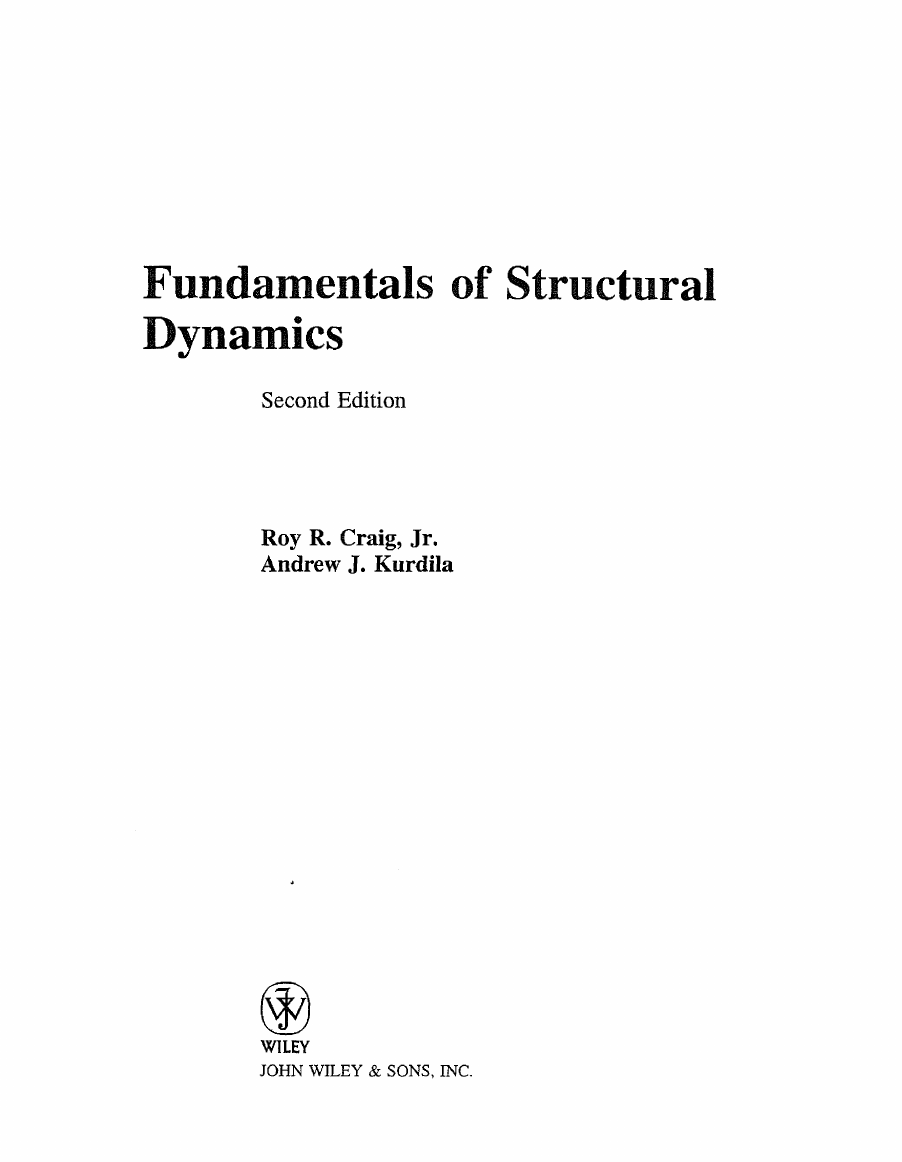

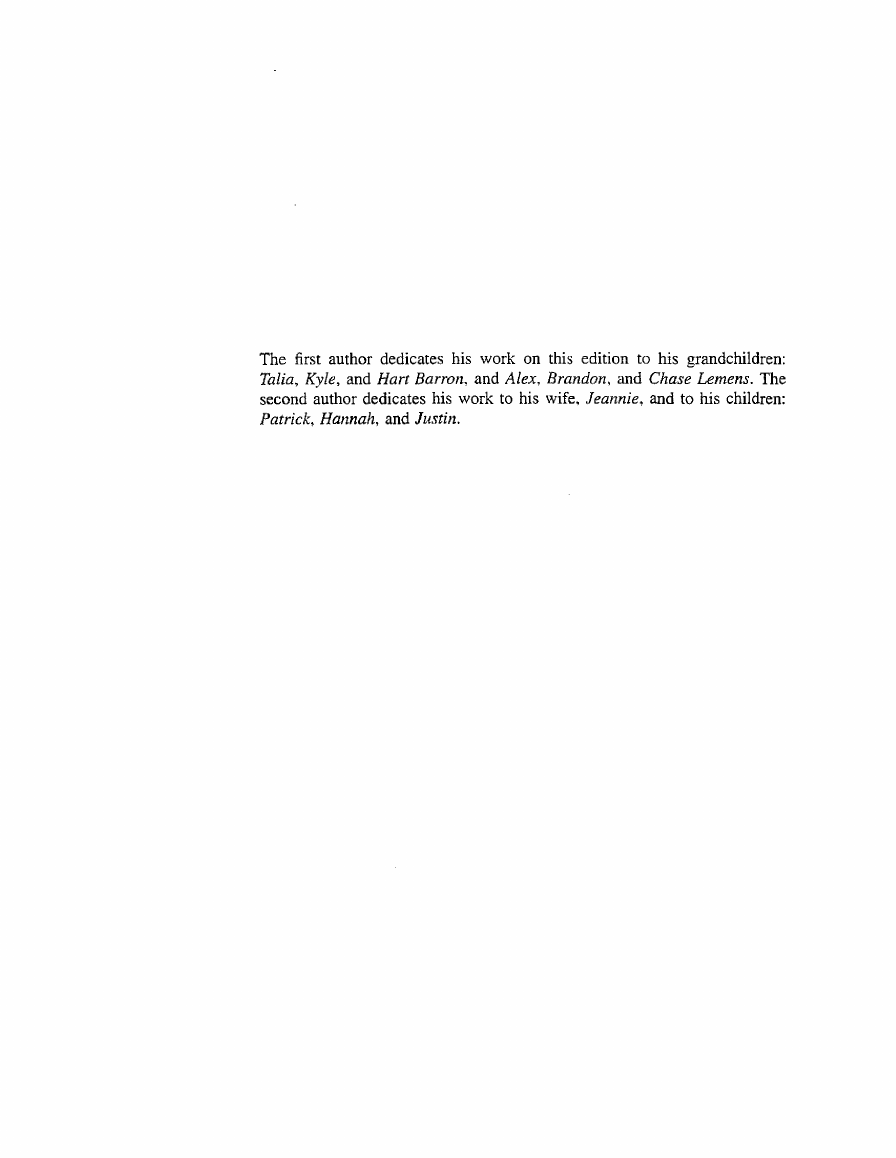

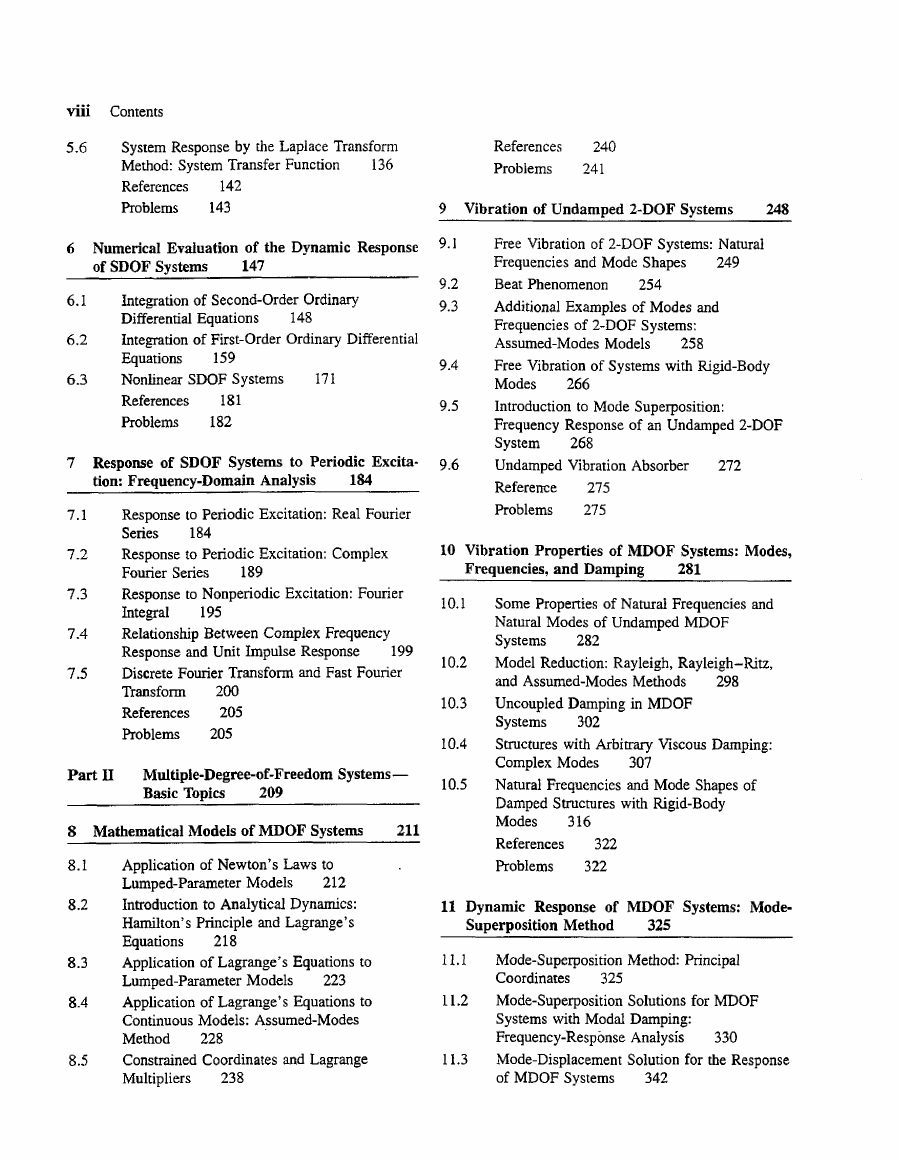
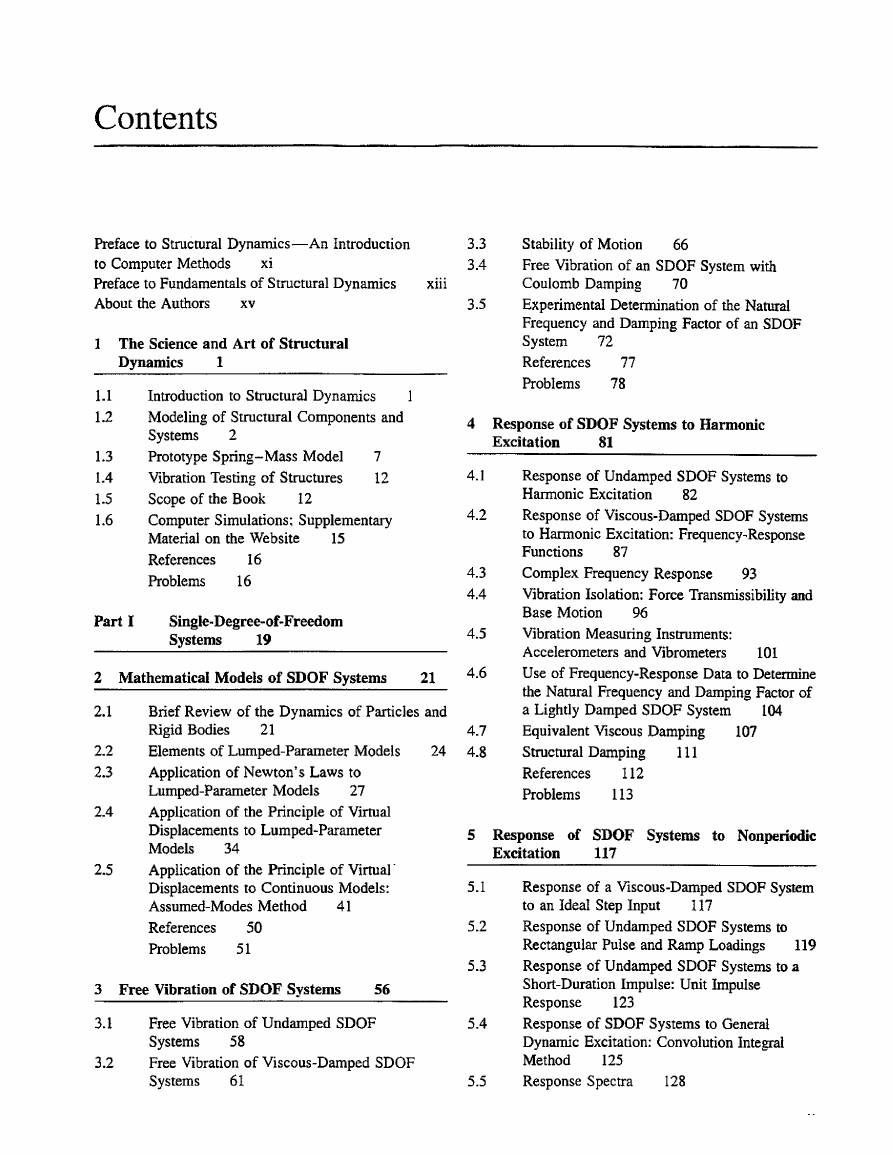
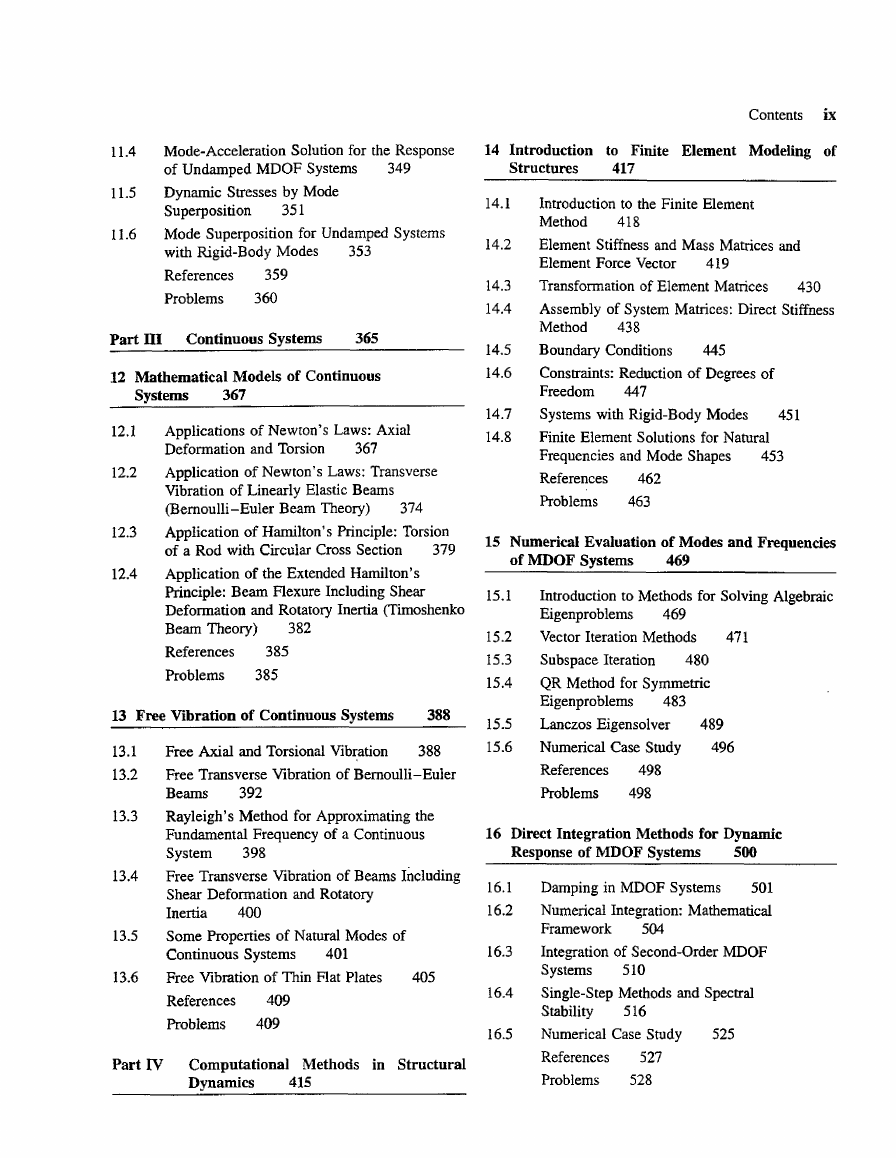
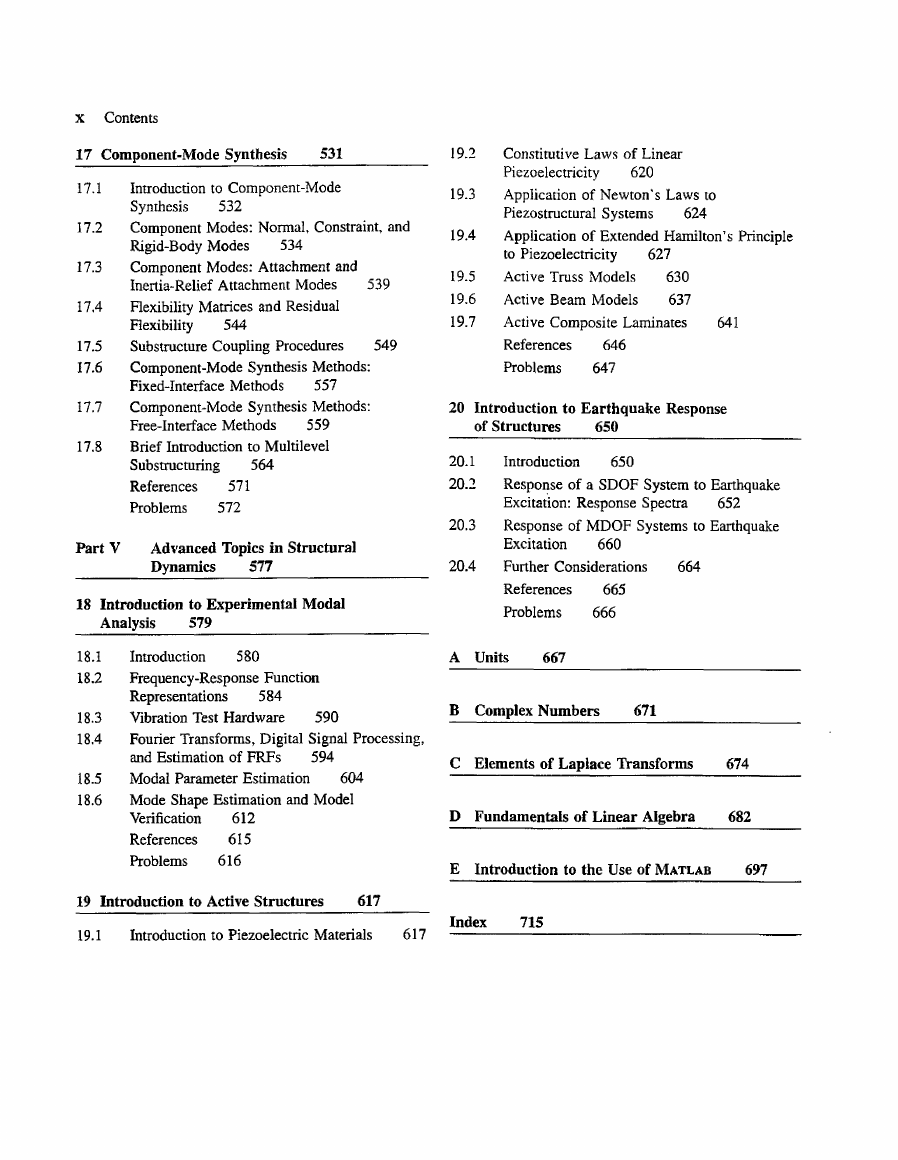








 2023年江西萍乡中考道德与法治真题及答案.doc
2023年江西萍乡中考道德与法治真题及答案.doc 2012年重庆南川中考生物真题及答案.doc
2012年重庆南川中考生物真题及答案.doc 2013年江西师范大学地理学综合及文艺理论基础考研真题.doc
2013年江西师范大学地理学综合及文艺理论基础考研真题.doc 2020年四川甘孜小升初语文真题及答案I卷.doc
2020年四川甘孜小升初语文真题及答案I卷.doc 2020年注册岩土工程师专业基础考试真题及答案.doc
2020年注册岩土工程师专业基础考试真题及答案.doc 2023-2024学年福建省厦门市九年级上学期数学月考试题及答案.doc
2023-2024学年福建省厦门市九年级上学期数学月考试题及答案.doc 2021-2022学年辽宁省沈阳市大东区九年级上学期语文期末试题及答案.doc
2021-2022学年辽宁省沈阳市大东区九年级上学期语文期末试题及答案.doc 2022-2023学年北京东城区初三第一学期物理期末试卷及答案.doc
2022-2023学年北京东城区初三第一学期物理期末试卷及答案.doc 2018上半年江西教师资格初中地理学科知识与教学能力真题及答案.doc
2018上半年江西教师资格初中地理学科知识与教学能力真题及答案.doc 2012年河北国家公务员申论考试真题及答案-省级.doc
2012年河北国家公务员申论考试真题及答案-省级.doc 2020-2021学年江苏省扬州市江都区邵樊片九年级上学期数学第一次质量检测试题及答案.doc
2020-2021学年江苏省扬州市江都区邵樊片九年级上学期数学第一次质量检测试题及答案.doc 2022下半年黑龙江教师资格证中学综合素质真题及答案.doc
2022下半年黑龙江教师资格证中学综合素质真题及答案.doc